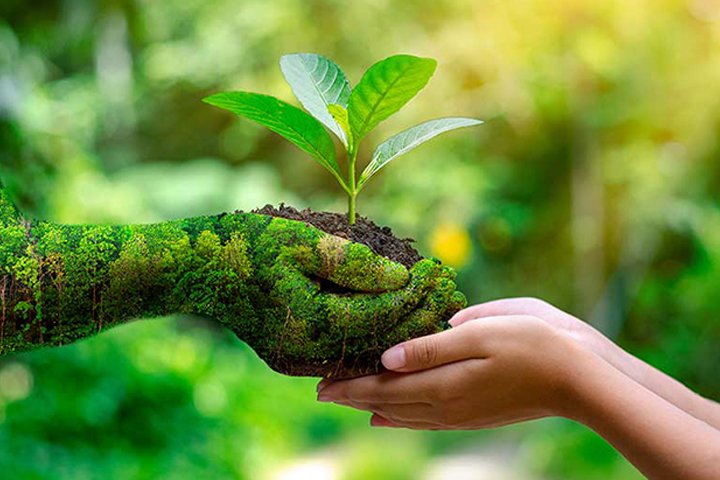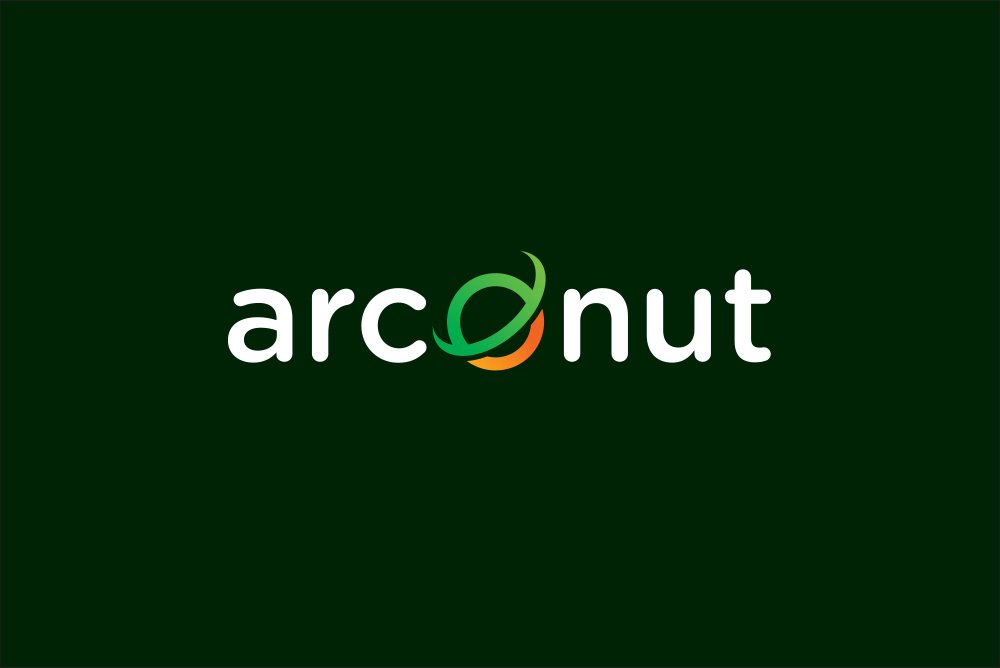The humble coconut, a ubiquitous symbol of tropical paradise, plays a far more significant role than simply providing refreshing water and delicious flesh. Beyond its culinary and commercial value, the coconut palm is a keystone species, contributing significantly to biodiversity conservation across the globe. Its multifaceted benefits extend from providing crucial coastal habitats to supporting a diverse array of flora and fauna, making it a vital component of thriving ecosystems. Let’s delve into the remarkable ways this tropical treasure safeguards biodiversity.
A Tropical Treasure for Biodiversity
The coconut palm (Cocos nucifera) is a marvel of natural engineering, perfectly adapted to thrive in coastal environments. Its adaptability is a key factor in its contribution to biodiversity. It can tolerate a range of soil conditions, from sandy beaches to slightly saline soils, making it a pioneer species in areas where other plants struggle. This resilience allows it to colonize and stabilize vulnerable coastlines, preventing erosion and creating a foundation for other plant life to flourish. This inherent adaptability makes it a crucial element in maintaining the overall health and resilience of coastal ecosystems, which are often biodiversity hotspots. It’s a testament to nature’s ingenuity, a single species providing a crucial ecological service.
Its extensive root system helps prevent soil erosion, stabilizing the coastline and protecting against the impacts of storms and rising sea levels. This is particularly important in vulnerable coastal regions, where habitat loss is a major threat to biodiversity. The dense canopy provides shade, regulating temperature and humidity, creating a microclimate beneficial to a wide range of species. This shade also reduces water evaporation, conserving precious resources in often arid coastal areas. The fallen leaves and decaying fronds enrich the soil, providing essential nutrients for other plants and animals.
The coconut palm’s diverse uses also contribute indirectly to biodiversity conservation. Because it provides food, shelter, and raw materials for local communities, it reduces pressure on other natural resources. This means less deforestation, less overfishing, and less reliance on unsustainable practices that often harm biodiversity. The economic value of coconuts provides incentives for local communities to protect and manage their natural resources sustainably, ensuring the long-term health of the ecosystems they depend on. This sustainable utilization is a crucial aspect of its contribution to conservation.
In essence, the coconut palm acts as a cornerstone species, its presence enriching the environment and providing a foundation for a wider array of life. Its resilience, adaptability, and multifaceted benefits make it a powerful ally in the fight to protect biodiversity, especially in delicate coastal environments. This makes it more than just a tropical fruit; it’s a vital part of a complex and interconnected ecosystem.
Coconut’s Crucial Coastal Habitats
Coconut palms are integral to the formation and maintenance of vital coastal habitats. Their presence directly influences the structure and function of these ecosystems, creating a complex tapestry of life. The dense groves they form provide shelter for a multitude of animals, from nesting seabirds to small mammals seeking refuge from predators. The fronds offer nesting sites and cover, while the roots stabilize the soil, preventing erosion and creating a stable environment for other organisms to thrive.
These coastal habitats are often biodiversity hotspots, teeming with life. The coconut palm’s contribution to these habitats is undeniable. The roots, stems, and leaves provide a complex three-dimensional structure that supports a diverse range of invertebrates, including insects, spiders, and crustaceans, which in turn form the base of the food web for larger animals. The fallen nuts provide food for various species, including crabs, rodents, and pigs. This intricate web of life relies heavily on the presence of the coconut palm.
The shade provided by the coconut palm’s canopy also plays a crucial role in regulating the temperature and humidity of the coastal environment, creating ideal conditions for a variety of plants and animals to thrive. This microclimate is particularly important for species that are sensitive to temperature fluctuations and require specific humidity levels to survive. The palm’s influence extends beyond the immediate vicinity of the tree, impacting the broader coastal ecosystem.
The creation and maintenance of these diverse coastal habitats are crucial for biodiversity conservation. These areas often serve as breeding grounds, nurseries, and feeding grounds for a wide range of species, including endangered and threatened ones. The coconut palm’s contribution to the formation and stability of these habitats is therefore crucial for the survival of many species, ensuring the long-term health of the coastal ecosystem.
Supporting Diverse Ecosystems Thriving
Beyond coastal areas, coconut palms contribute to the biodiversity of various inland ecosystems. In many regions, they are integrated into agroforestry systems, where they are planted alongside other crops and trees, creating a more diverse and resilient landscape. This practice reduces reliance on monoculture farming, which often leads to habitat loss and reduced biodiversity. The intercropping of coconut palms with other species enhances the overall productivity of the land while simultaneously promoting biodiversity.
The coconut palm’s ability to thrive in a variety of soil types and climates further enhances its role in supporting diverse ecosystems. It can be found in both wet and dry regions, adapting to different rainfall patterns and soil conditions. This adaptability allows it to contribute to biodiversity in a wide range of habitats, from rainforests to savannas. This versatility allows it to be a valuable component of diverse agricultural systems, contributing to the overall health and resilience of the landscape.
The diverse products derived from the coconut palm also support biodiversity indirectly. The use of coconut husks, shells, and leaves for various purposes, such as crafting and fuel, reduces the demand for other natural resources, thus mitigating pressure on other ecosystems. This sustainable use of the coconut palm’s byproducts minimizes environmental impact and contributes to the overall conservation efforts. The economic benefits derived from the coconut palm also encourage sustainable land management practices, further contributing to biodiversity conservation.
In conclusion, the coconut palm’s contribution to biodiversity extends far beyond its immediate surroundings. Its integration into diverse agricultural systems, its adaptability to various environments, and the sustainable use of its byproducts all play a significant role in supporting thriving ecosystems and preserving biodiversity. It’s a testament to the interconnectedness of nature and the importance of considering the multifaceted roles of individual species.
Protecting Wildlife with Coconut’s Might
The coconut palm provides vital resources for a wide range of wildlife, contributing directly to their survival and protection. The nuts themselves are a crucial food source for many animals, from monkeys and squirrels to birds and insects. The fallen nuts provide a readily available food source, particularly during periods of scarcity, ensuring the survival of these species. This direct provision of food is a significant contribution to the conservation of wildlife populations.
The coconut palm’s canopy offers shelter and nesting sites for numerous bird species, providing a safe haven from predators and the elements. The dense foliage provides protection from the sun and rain, creating a microclimate suitable for nesting and raising young. This protection is crucial for the survival of many bird species, especially those that are vulnerable to habitat loss and predation. The palm’s contribution to bird populations is significant, especially in areas where suitable nesting sites are scarce.
The extensive root system of the coconut palm also provides habitat for various small mammals, reptiles, and amphibians. The roots create a complex network of burrows and crevices, providing shelter and protection from predators. This underground habitat is particularly important for species that are sensitive to disturbance and require a stable environment to thrive. The palm’s contribution to the maintenance of this underground ecosystem is often overlooked but equally critical.
In summary, the coconut palm’s contribution to wildlife protection is multifaceted and significant. From providing food and shelter to creating diverse habitats, the palm plays a crucial role in ensuring the survival of a wide range of species. Its presence in an ecosystem signifies a healthier and more resilient environment, capable of supporting a greater diversity of life. This makes the coconut palm a powerful, unsung hero in biodiversity conservation.
The coconut palm, far from being merely a tropical fruit, emerges as a keystone species vital for biodiversity conservation. Its contributions are multifaceted, extending from the creation and maintenance of crucial coastal habitats to providing essential resources for a diverse array of wildlife. Its adaptability and sustainable use make it a powerful ally in protecting our planet’s rich biodiversity. Let us recognize and celebrate this tropical treasure’s significant role in ensuring the health and resilience of our ecosystems for generations to come.

